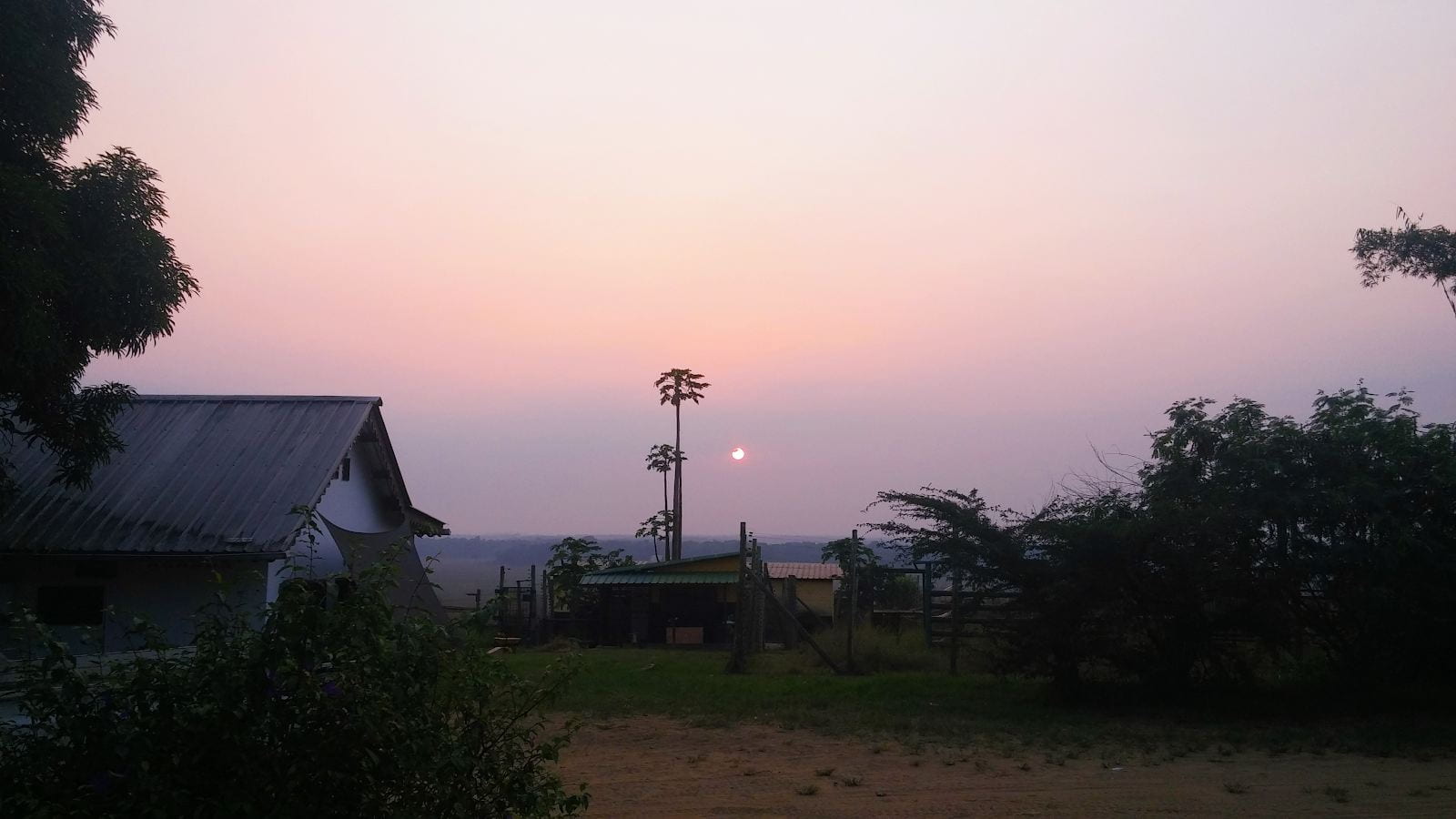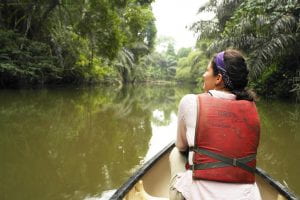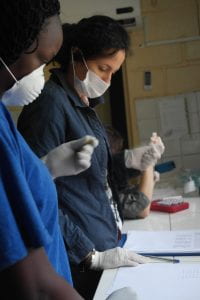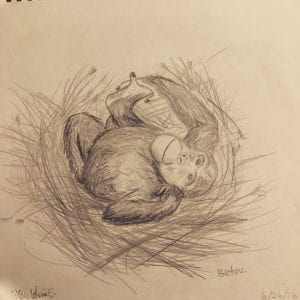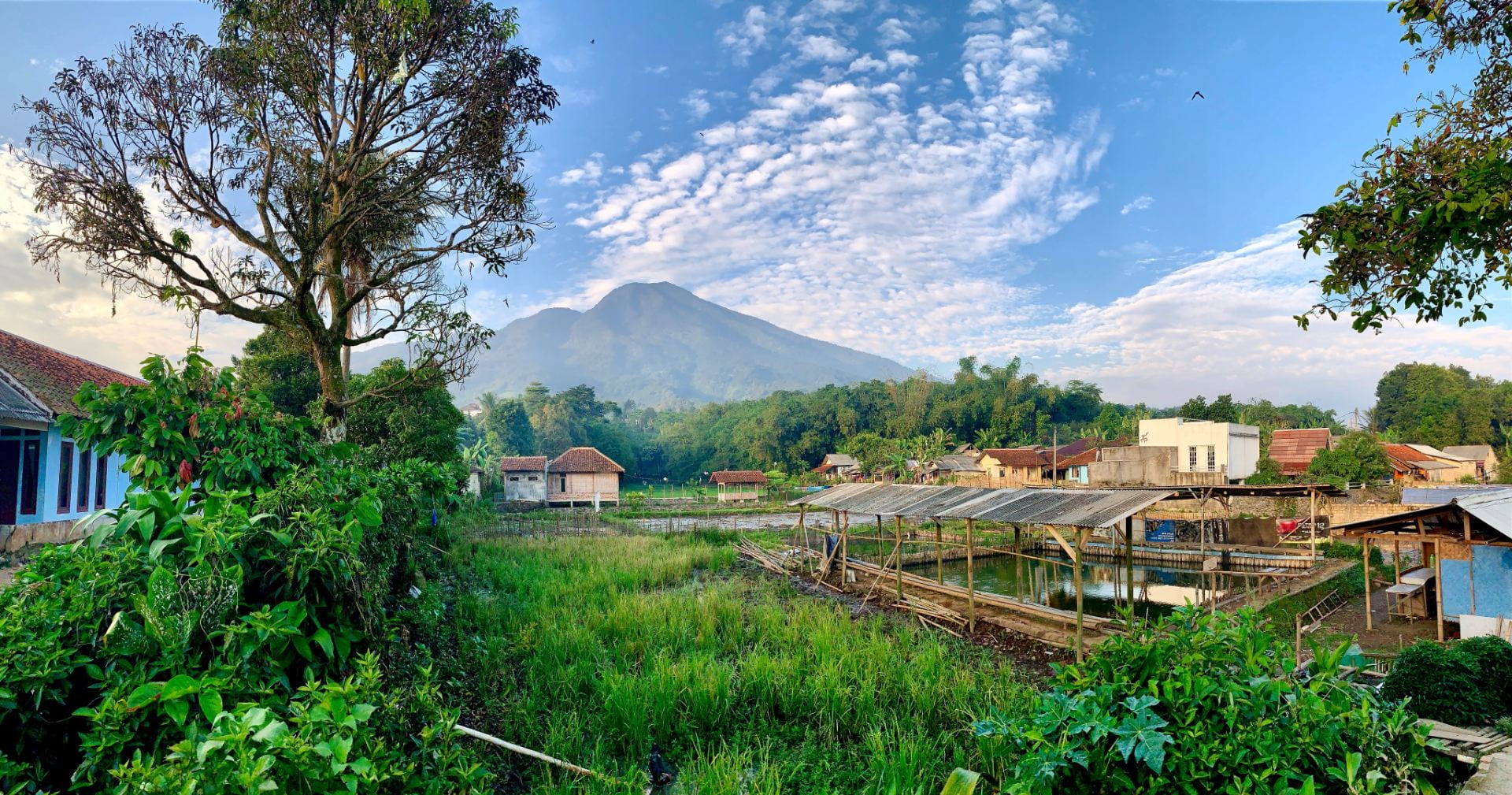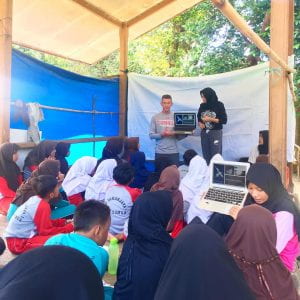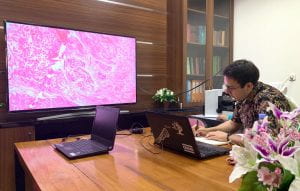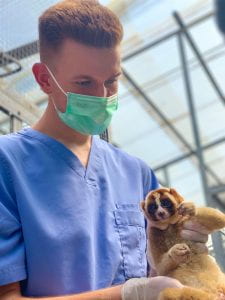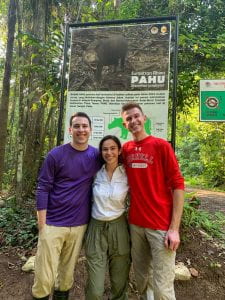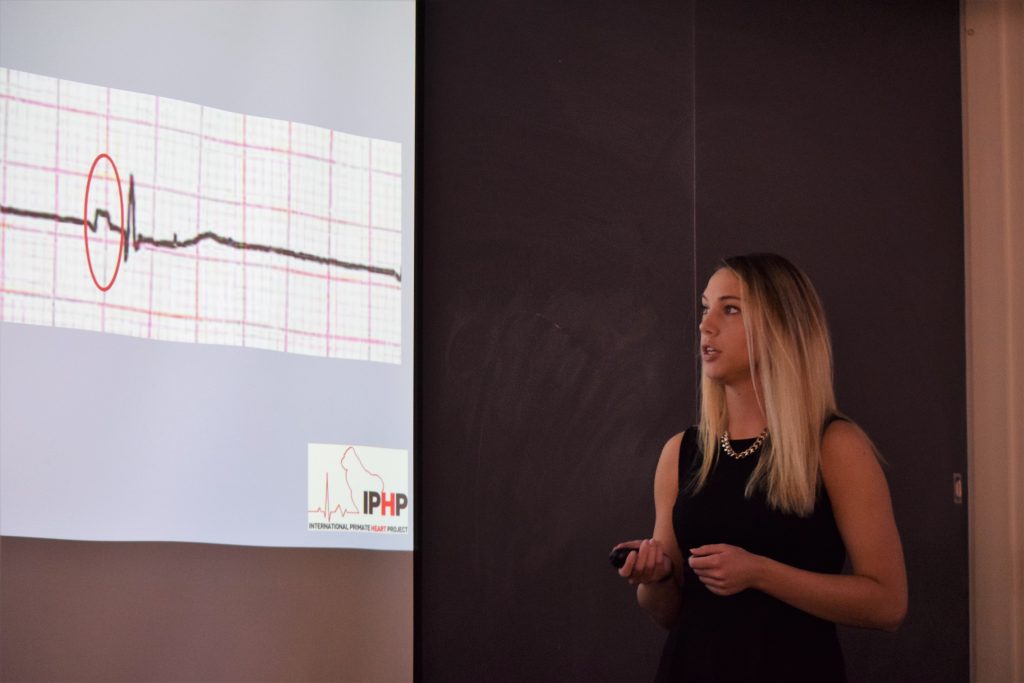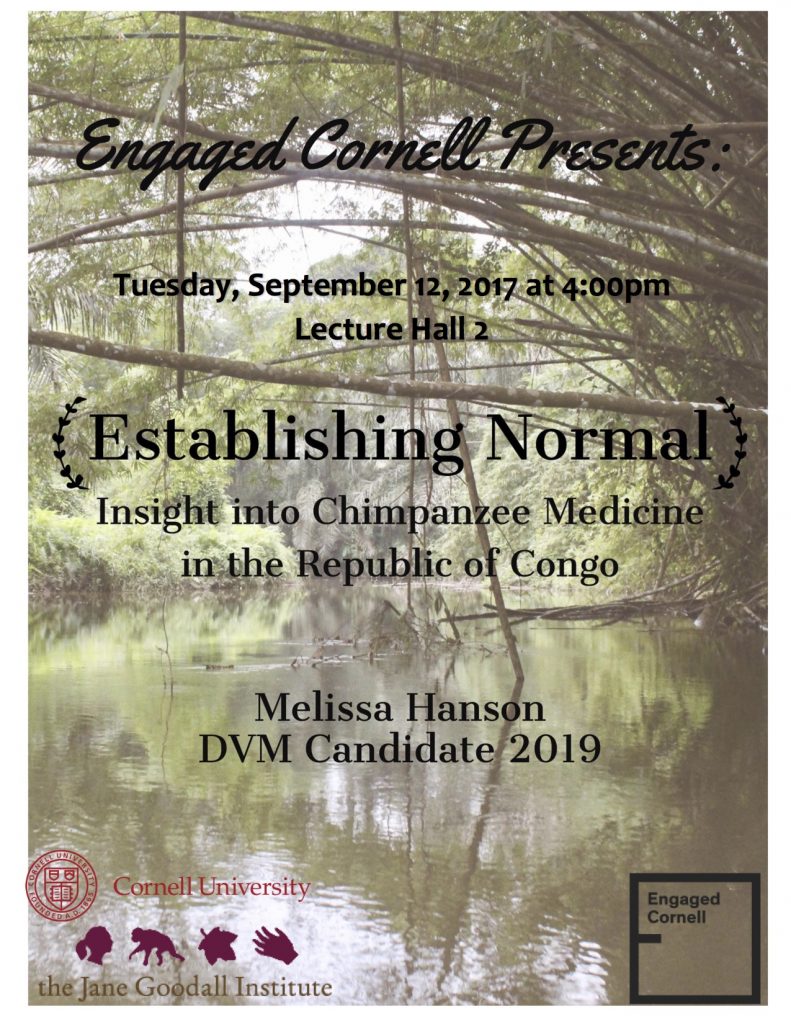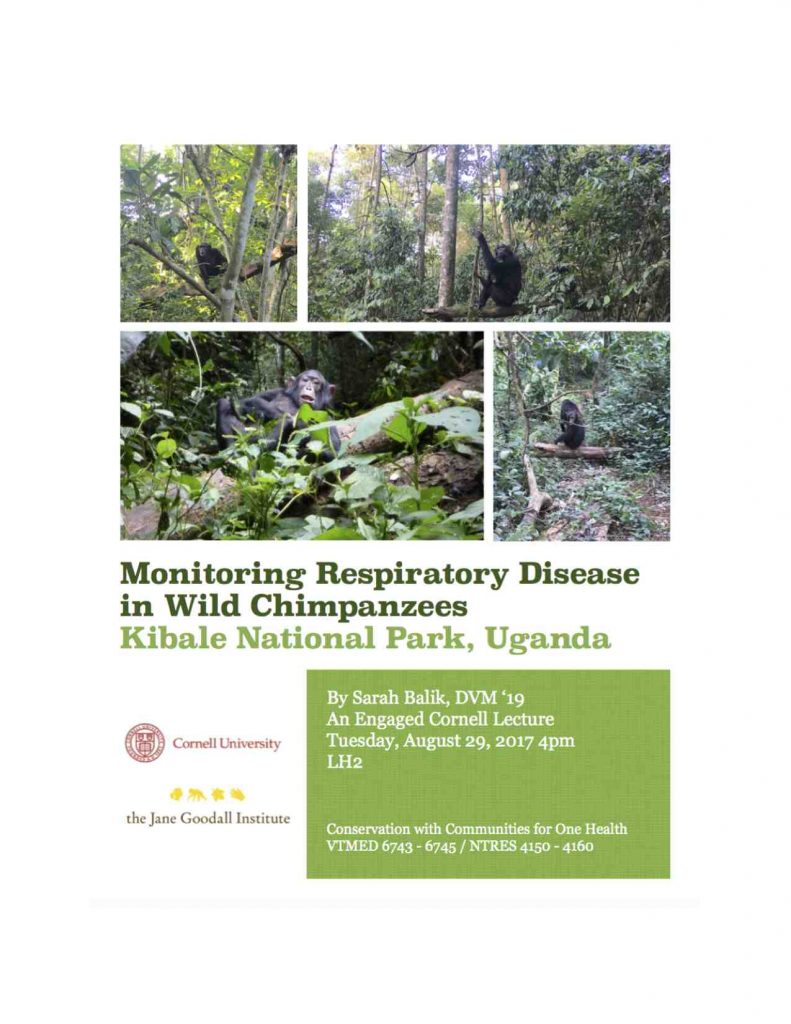Several weeks ago my Block III tutor group was abuzz with the news that our tutor, Dr. Robin Radcliffe, and his colleagues had been honored with the 2021 Ig Nobel Prize in recognition of their work evaluating the efficacy of transporting rhinoceroses by hanging them upside down from helicopters. The prize, awarded every year since 1991, aims to “honor achievements that first make people laugh, and then make them think.” To those of us in the tutor group interested in conservation and wildlife medicine, it was a welcome reminder that we are surrounded by faculty at Cornell who have done what can sometimes feel like the impossible: forged a career in the world of zoo and wildlife medicine. Charged with renewed inspiration, I reached out to Dr. Radcliffe in the hopes of learning more about his career trajectory and his current work.

Dr. Radcliffe obtained his veterinary degree from the University of Minnesota alongside his twin brother & fellow Cornell faculty member, Dr. Rolfe Radcliffe. Says Dr. Radcliffe, “We went from kindergarten through vet school together.” While a vet student Dr. Radcliffe pursued wildlife-centric externships and experiences, though he is quick to note, “I was a little bit disheartened by vet school because there weren’t as many opportunities as there are now in wildlife.” After obtaining his DVM, Dr. Radcliffe worked in a mixed animal practice and then spent a year working exclusively with camelids before returning to Fossil Rim Wildlife Center, where he had been an extern, to work as an associate veterinarian. He later took over as Director of Animal Health. While at Fossil Rim, Dr. Radcliffe completed the requirements for board certification in the American College of Zoological Medicine through the experiential track. Of his somewhat unconventional route to board certification he says, “I preferred the experiential pathway because I wasn’t interested in a zoological position. I knew I wanted to work with field conservation and free-ranging wildlife populations, and even now there’s only one approved wildlife health residency. There’s probably going to be more coming, but when I went to school there were no approved wildlife residencies so it was harder then.” He spent about a decade at Fossil Rim Wildlife Center working largely with rhinoceroses before moving to the International Rhino Foundation and eventually, to Cornell. At Cornell, Dr. Radcliffe teaches, conducts ongoing research into a wide variety of endangered species, and has developed training programs, most significantly, the Engaged Cornell Program.
The diversity of his work is part of what appeals to him, according to Dr. Radcliffe, though in recent years he has been taking on more projects close to home. “I’ve spent a good part of my career traveling all over the world which was great—I loved it—but I’m also very interested in making sure that we conserve and protect the wildlife right here at home. I think that’s important. If you’re going to do international work, I think it’s essential that you address or at least have some experience with conservation in your own part of the world because so much of it is communities and people.” While he has tremendously enjoyed the opportunities that his job has afforded, he notes, “Most people think that it’s so glamorous to be a wildlife veterinarian, and it can be, but there’s so much work that goes into a successful partnership and a field project that people don’t necessarily recognize up front. I do spend a lot of time on that, on communication with partners, grant writing, and helping to sustain the projects that I am invested in.” Another fundamental part of successful projects abroad, according to Dr. Radcliffe, is a commitment to maintaining relationships with research partners. “I think for me, the most important thing is curiosity, and not just scientific curiosity, but curiosity about the place you’re going and the environment, the people, the language, the culture. You should go into a place prepared to learn the language and appreciate the culture. For me, a long term partnership is one in which I come away with it feeling like I have friendships and long term relationships there. I can communicate with my colleagues any time, day or night. They will help me in a pinch and I’ll do anything for them. It’s also little things, like when we publish anything, we always include the local authors and, more often than not, the local authors are lead authors on the publication.”
 For students looking to enter the increasingly competitive field, Dr. Radcliffe’s first suggestion is to capitalize on the opportunities we have here at Cornell Vet. “I think there’s a lot of expertise here at Cornell and there’s a lot of opportunities.” These include Engaged Cornell, Expanding Horizons, and a myriad of courses aimed at students interested in pursuing careers in zoo, wildlife, and exotics medicine. Dr. Radcliffe teaches a 3-part course called Conservation with Communities for One Health, which reflects the multi-disciplinary mindset crucial to effective conservation work. Both undergraduate and veterinary students are able to take this course, and a subset of them travel in teams to field sites in the Congo, Uganda, and Indonesia to participate in projects with institutions that Dr. Radcliffe has built relationships with over the years, including the Jane Goodall Institute and WWF-Indonesia. Coursework aside, Dr. Radcliffe encourages students to take advantage of networking opportunities and to pursue externships that excite them.
For students looking to enter the increasingly competitive field, Dr. Radcliffe’s first suggestion is to capitalize on the opportunities we have here at Cornell Vet. “I think there’s a lot of expertise here at Cornell and there’s a lot of opportunities.” These include Engaged Cornell, Expanding Horizons, and a myriad of courses aimed at students interested in pursuing careers in zoo, wildlife, and exotics medicine. Dr. Radcliffe teaches a 3-part course called Conservation with Communities for One Health, which reflects the multi-disciplinary mindset crucial to effective conservation work. Both undergraduate and veterinary students are able to take this course, and a subset of them travel in teams to field sites in the Congo, Uganda, and Indonesia to participate in projects with institutions that Dr. Radcliffe has built relationships with over the years, including the Jane Goodall Institute and WWF-Indonesia. Coursework aside, Dr. Radcliffe encourages students to take advantage of networking opportunities and to pursue externships that excite them.
Between training the next generation of wildlife veterinarians and working to save endangered species, Dr. Radcliffe has a full plate to say the least. Amid the challenges his work presents he remains optimistic, citing a recent experience in Alaska working with gyrfalcon. “Their attitude in Alaska is let’s save the gyrfalcon and the Arctic ecosystem before everything’s gone. My message for future wildlife students is this: let’s be proactive and use our resources the best we can because it’s very expensive to recover endangered species, it’s very expensive to do so in a zoo in a captive setting. The Alaskan attitude, which I love, is let’s take care of our species before they become endangered!” In the case of already endangered species like Javan and Sumatran rhinos, there are tremendous obstacles to overcome. Still, Dr. Radcliffe feels his most impactful work may be done in mentoring colleagues and training students. “That’s the kind of impact that I feel is the most important that I can make in the long term.”
 Colleen Sorge, Class of 2024, is originally from Long Island, NY. She graduated with a B.S. in Animal Science and a minor in English from Cornell University. She often finds herself missing her humanities courses in vet school and is thrilled she can combine her passions for writing and for veterinary medicine as the WildLIFE Blog Editor.
Colleen Sorge, Class of 2024, is originally from Long Island, NY. She graduated with a B.S. in Animal Science and a minor in English from Cornell University. She often finds herself missing her humanities courses in vet school and is thrilled she can combine her passions for writing and for veterinary medicine as the WildLIFE Blog Editor.

